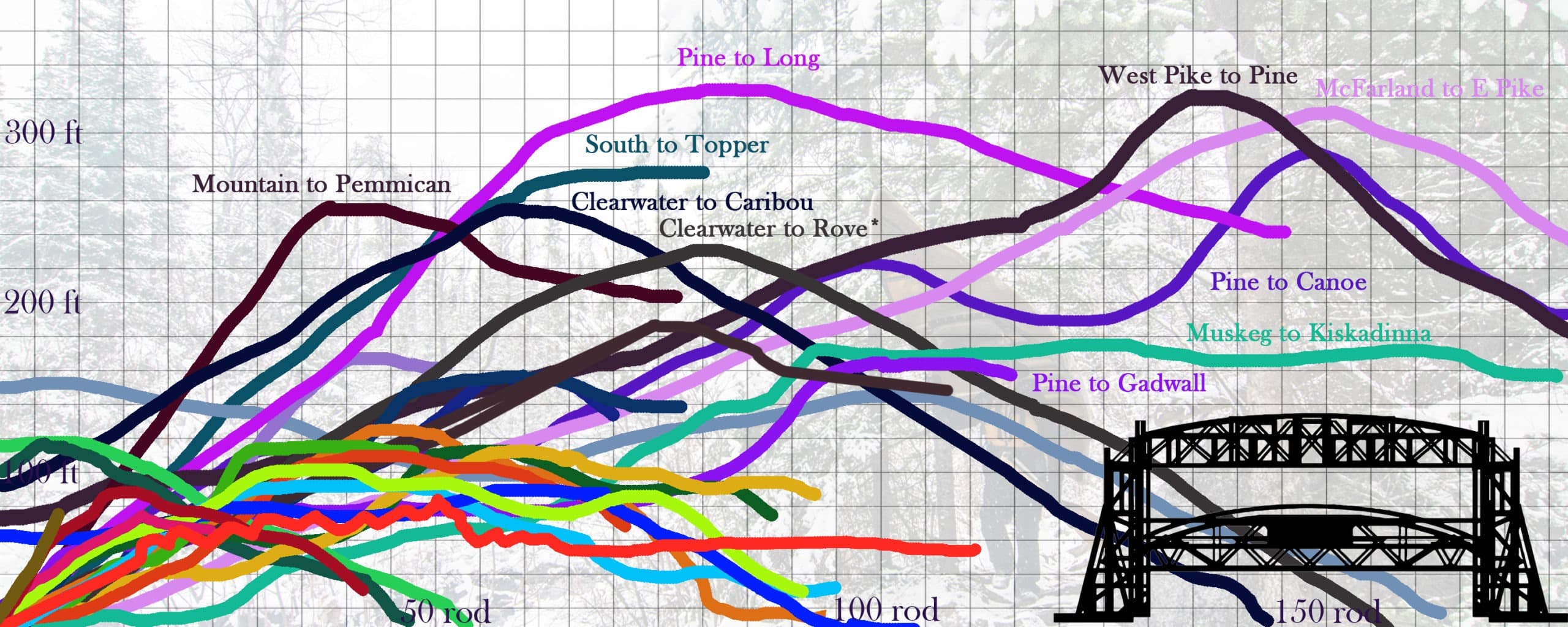
Here the steepest portages in the BWCA are compared alongside the Aerial Lift Bridge in Duluth. The elevations are in feet, the distances are in rods. The lift bridge rods are not correct, it is simply a comparison of elevation.
Sign up for our newsletter to receive updates about new articles, great deals, and information about the activities you love and the gear that makes them possible:
Have You Read Our Other Content?
Six Rules for BWCAW Portage Etiquette
If you are new to wilderness canoe camping, especially in a heavily used wilderness area like the BWCAW, then the group traffic at some of the busier portages in Canoe Country may come as a shock. Here are six [written and unwritten] rules you should apply the next time you portage on a well-congested portage trail.…
Three Generations of BWCAW Rules Videos – Side by Side
It’s as ubiquitous of an experience as one can find tied to a canoe trip into the Boundary Waters, and the memories of it are deeply rooted in my childhood as they are for many who make the annual pilgrimage north to paddle the border waters of canoe country. Even now, I can close my…
A Fire Perspective: 200 Years of Wildfires
Few natural processes inspire the fear and awe that wildfires do. In nature, fire is a seeming paradox of death and new life. Gigantic, swirling infernos that engulf the landscape in an unheeding wall of flame become landscape-level scars healed by green shoots and wildflowers. And here on the southern edge of the boreal forest,…
Map Mondays – Week 10 – Angleworm to Wood
As part of our continuing series on the “route planning game,” we are creating routes using randomly selected entry points, exit points, and number of days to create unique and fun BWCA routes. Let’s check it out! Total Mileage: 45.5 milesNights: 5Paddle Distance: 36.7 milesPortage Distance: 8.7 miles Day 1: Miles: 7.6Target Campsite: Thunder LakeDescription:…
How to Pack for a Canoe Trip – The Three-Pack System
One of the technical ways flatwater canoe trips are packed differently than backpacking trips is in how to organize gear. In a backpacking trip, the gear in the pack often belongs to the person carrying it, with a few communal items like food or shelter divided between party members. The presence of a bulky watercraft to portage…
From the Boundary Waters to Superior – How the Water Falls
The Boundary Waters are one of the premier destinations in Minnesota and across the Midwest, but, as far as water is concerned, the Boundary Waters are not the end of the journey, but the beginning. Most people enthusiastic about the Boundary Waters know that it is divided into two watersheds along an invisible line known…
A Wilderness of the People – The 2023 Boundary Waters Canoe Area Wilderness Situational Assessment
The June 28th USFS newsletter contained the results of a six-month-long survey with confidential feedback from 100 individuals representing a wide scope of BWCAW users, affiliated businesses, nonprofits, and managing agencies. Their survey delved deep into the complexities of managing America’s busiest, and often one of the most complicated and controversial, wilderness areas. The results…
Echoes of ’93 – Managing a Complicated Wilderness
“There is currently too much visitor use in some areas of the BWCAW on some days. Excessive use results in the following impacts: Off-site camping on non-designated sites which impacts vegetation, soils, and heritage resources. Some designated campsites and portages are too heavily impacted based upon our LAC inventory data. Approximately 85% of all existing…
How Trees Tell the Story of the BWCA
Today is the International Day of Forests which means it’s the perfect day to celebrate the trees of the BWCA. The Boundary Waters are a unique mosaic of forests born out of wildfire, windstorms, logging, and the passage of time. Despite the history of disturbance, the Boundary Waters contain the largest tracts of old growth…
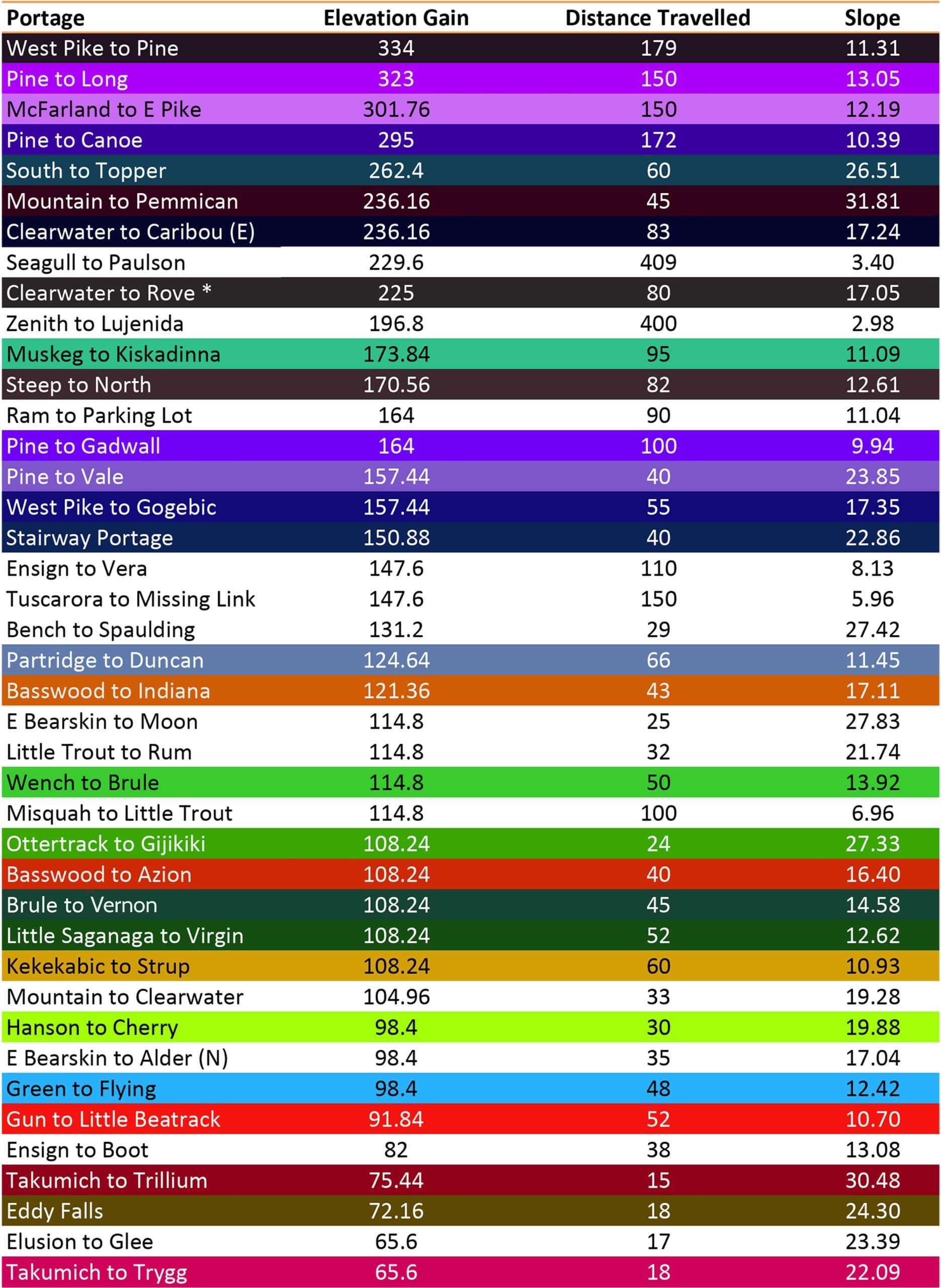

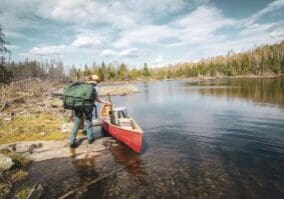
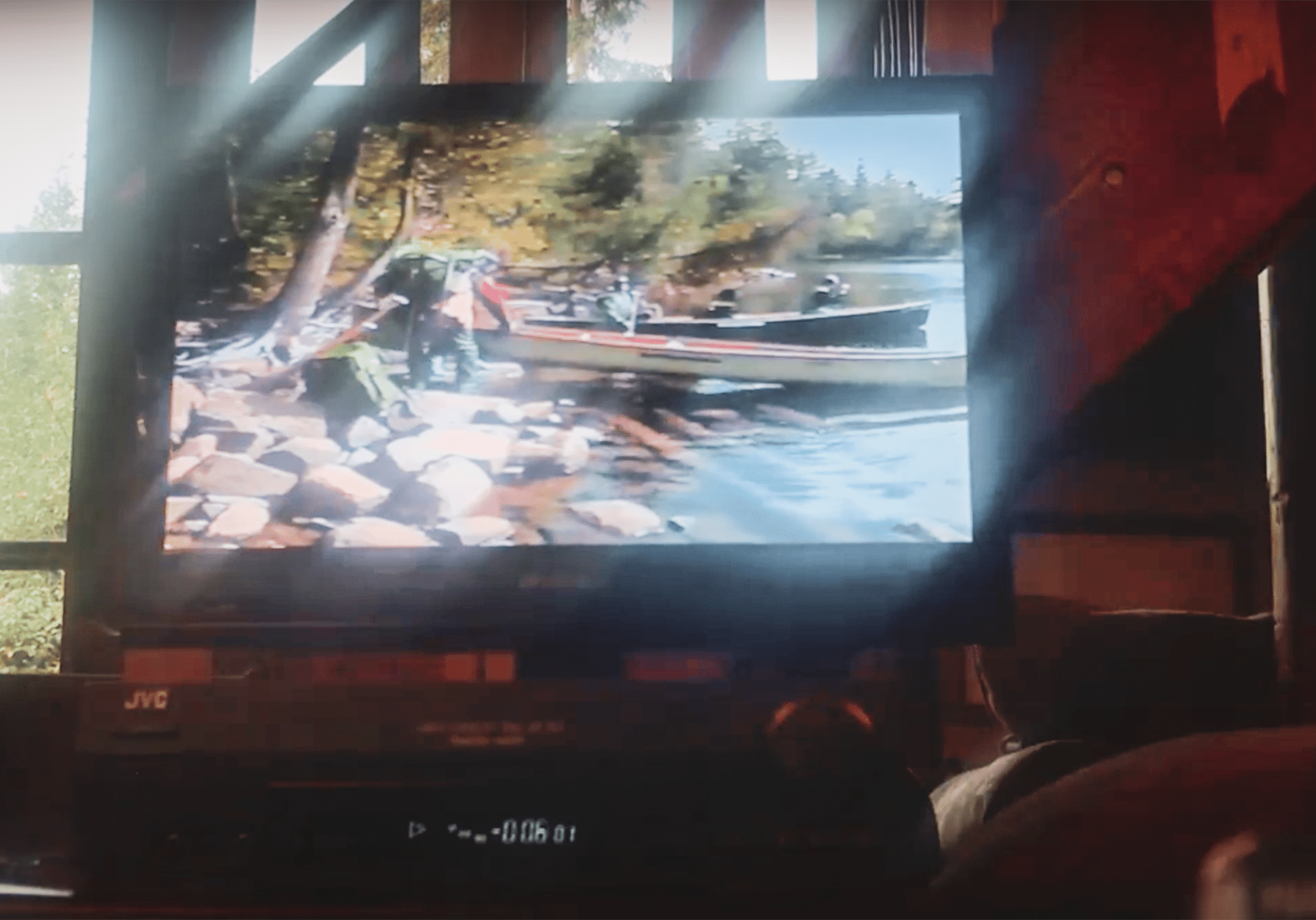


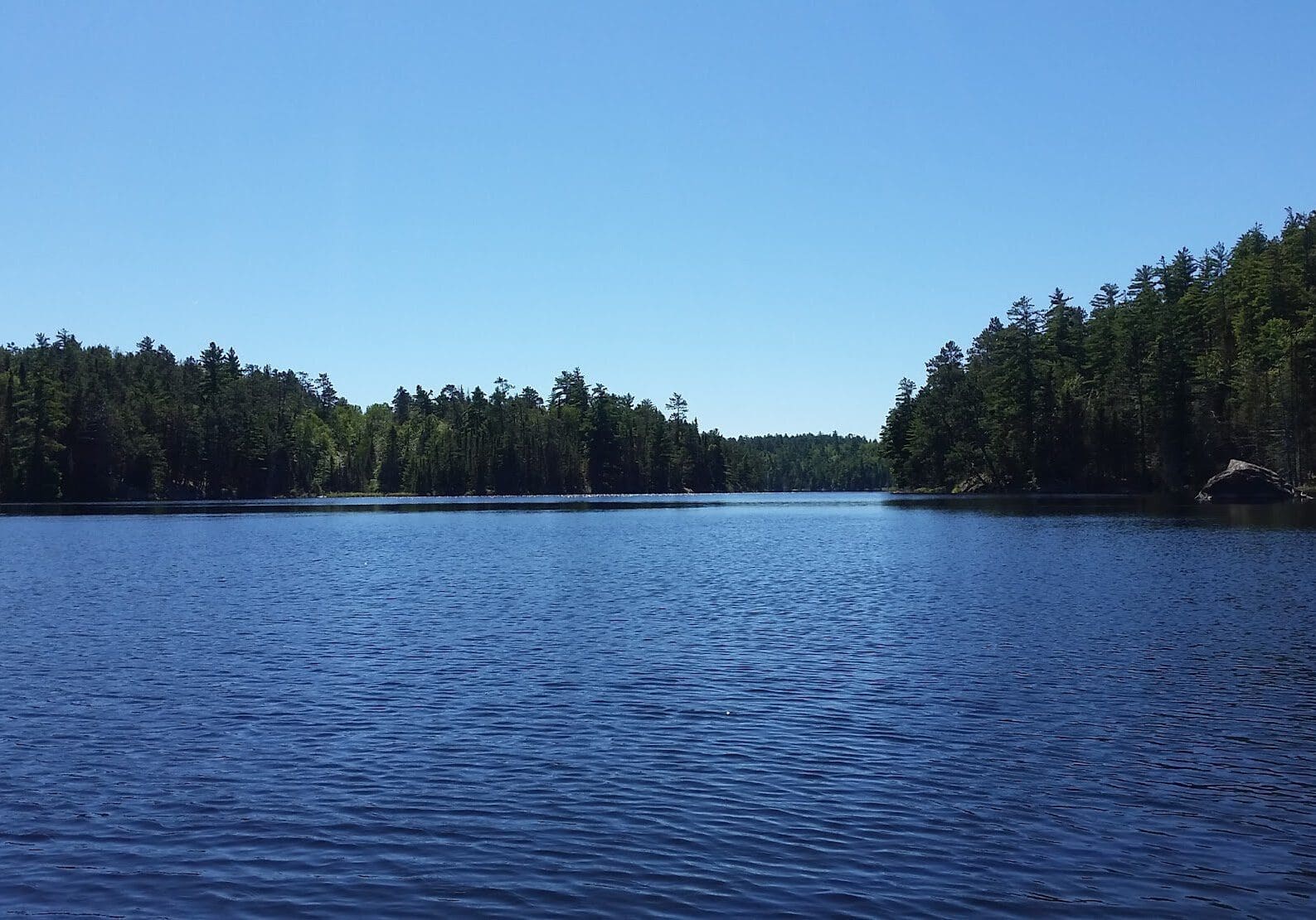


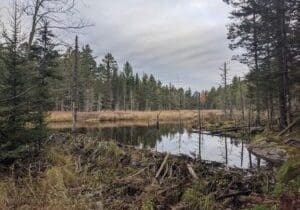

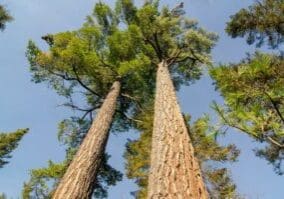
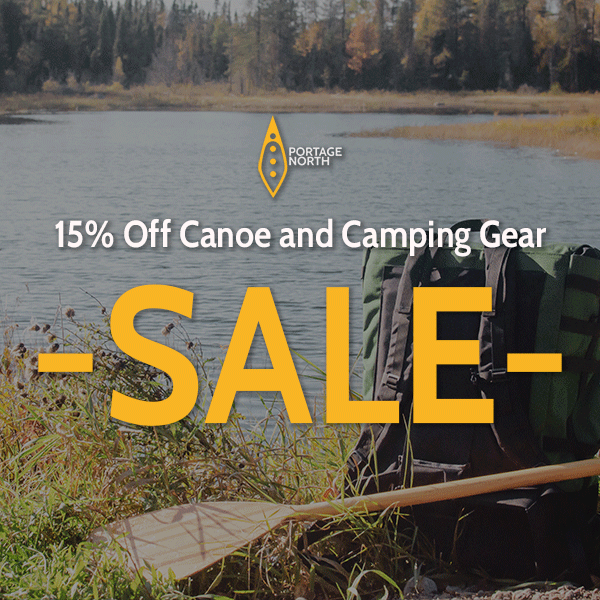
[…] the burden we bear for wilderness travel. Some portages stick with us whether they are steep (see our previous article), filled with obstacles like mud, brush, or boulders, or if they are gathered close together. Other […]